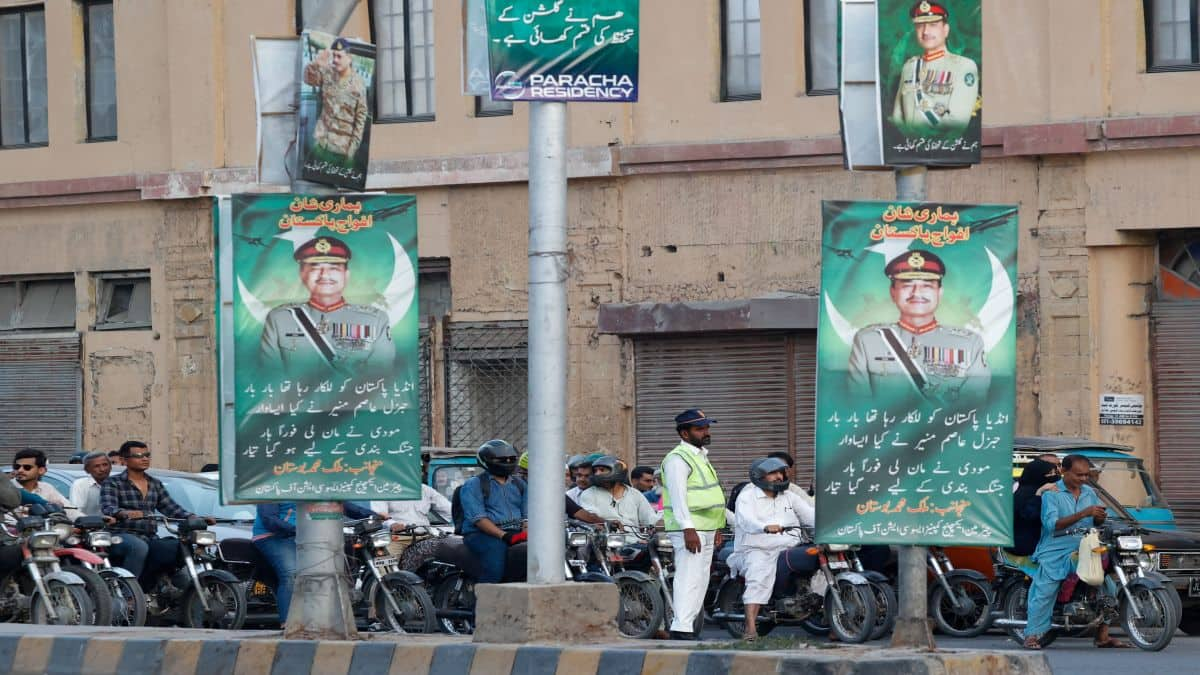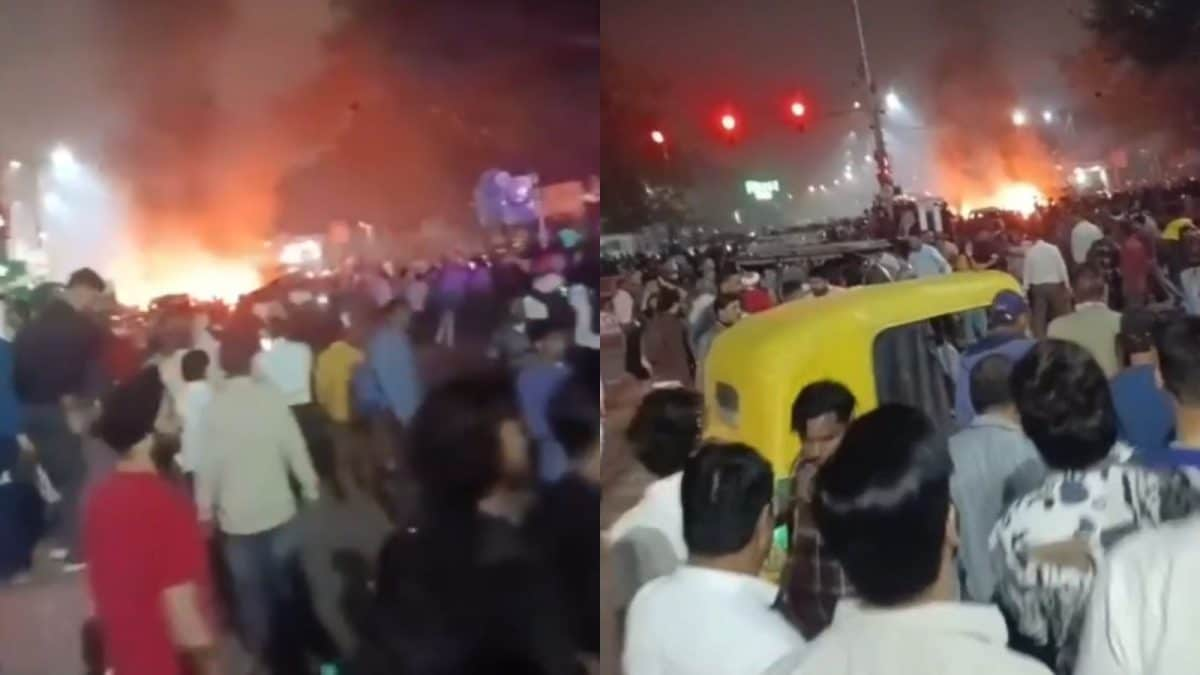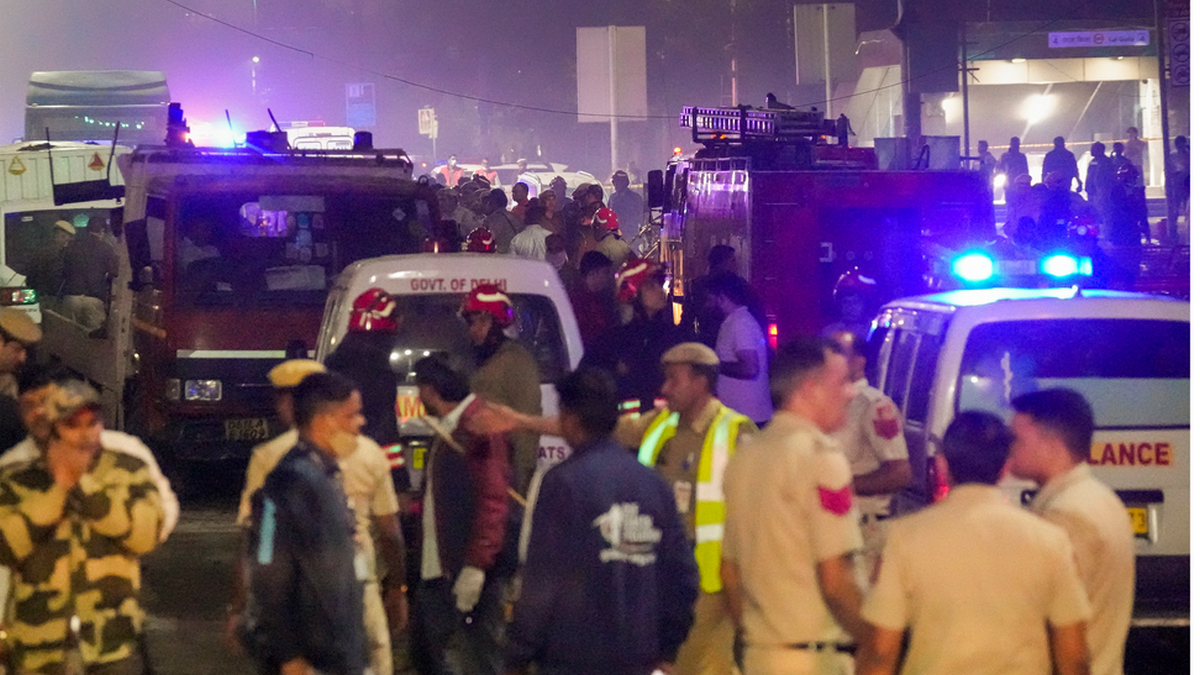Delhi’s air has once again turned toxic, forcing residents to look for ways to breathe a little easier. While many have turned to expensive air purifiers to fight the smog, one Delhi man has found a much cheaper DIY fix.
He built his own air purifier at home for just Rs 2,000, and claims it reduced his room’s Air Quality Index (AQI) from nearly 400 to just 50 in less than 15 minutes.
At a time when pollution levels in the capital are soaring to “severe” levels, his clever innovation has caught everyone’s attention.
So how did he manage to do it? Here’s a closer look.
How did he build an air purifier under Rs 2,000?
In a Reddit post titled “I Built My Personal Air Purifier for 2000 INR,” a Delhi resident shared how he built his own air purifier using just a few basic materials, and it worked better than his branded one.
“So I built this air purifier using an exhaust fan and a HEPA filter, and it is working great, even better than the Philips one I have,” wrote the user, who goes by the handle ‘shukrant25’ on the platform.
He listed out the simple components he used: a 150mm exhaust fan (Rs 750), a HEPA filter from Amazon (Rs 1,000), a switch, regulator and wire (Rs 65), and cardboard and a glue gun (Rs 150), bringing the total to just under Rs 2,000.
A Delhi guy built his own DIY air purifier that can reduce indoor AQI from around 380 to below 50.
— Abhishek Yadav (@yabhishekhd) November 10, 2025
He used the following components to make it:
• 150mm exhaust fan – ₹750
• HEPA filter from Amazon – ₹1,000
• Switch, regulator, and wire – ₹65
• Cardboard and glue gun –… pic.twitter.com/pbnbL0wqTa
Despite its simplicity, the device reportedly worked wonders. According to him, even at the lowest fan speed, it was able to reduce the AQI from around 380 to below 50 in under 15 minutes, inside a 12x12 ft room.
The internet can’t keep calm
The post, shared on November 7, went viral within hours, gaining thousands of upvotes and sparking a flood of praise from users.
Many applauded the Delhi resident for his ingenuity, calling the setup “simple yet effective” and urging him to share a step-by-step tutorial. “Iski ek tutorial video bhi banao,” one user commented.
Another added, “Air purifiers aren’t exactly rocket science… they’re just a simple IN and OUT airflow through filters.”
Others hailed the project as the kind of innovation India needs. “This is a really great DIY. Kudos to you. We need more people like you to solve real problems,” one user wrote.
“This is so needed in our country. Thank you for creating this — it looks simple enough that anyone can make it. I hope this goes viral and pushes companies to make affordable purifiers,” said another.
Some even shared plans to replicate the idea themselves. “I’m going to try this weekend, will add a sensor as well. Amazing,” read one comment.
Also read: Delhi enters pollution 'red zone': Why have authorities not enforced GRAP 3 yet?
Delhi’s battle with toxic air
The viral post comes at a time when Delhi’s air quality has plummeted to hazardous levels, with the AQI touching ‘severe’ in several parts of the city over the past week, according to the Central Pollution Control Board (CPCB).
While there was a brief improvement on Monday morning, after the city hit a season’s high AQI of 391 the previous day, the air still remained dangerously polluted.
One of the major contributors to this worsening pollution is stubble burning in nearby states such as Punjab and Haryana. According to data from the Indian Council of Agricultural Research-Indian Agriculture Research Institute’s CREAMS laboratory, six states, Punjab, Haryana, Uttar Pradesh, Delhi, Rajasthan, and Madhya Pradesh, saw a 60 per cent surge in stubble burning in just 24 hours on November 8.
The number of reported cases rose from 568 on November 7 to 911 a day later, as shown by satellite remote sensing data.
Despite the alarming figures, authorities have so far held off on imposing Stage 3 restrictions under the Graded Response Action Plan (GRAP), saying that the measures are currently enough. However, restrictions under Stages 1 and 2 remain in place across the National Capital Region (NCR).
The health impact of this pollution crisis is grim. Data from the Global Burden of Disease project revealed that nearly 15 per cent of all deaths in Delhi in 2023 were linked to air pollution, making it the city’s single biggest health threat.
Amid the worsening crisis, Delhi’s Environment Minister Manjinder Sirsa blamed the Aam Aadmi Party (AAP) government for years of neglect. “AAP has governed Delhi for ten years and poisoned its air and water, wasting money on gimmicks like the odd-even policy. In the last seven months under Rekha Gupta’s leadership, we’ve deployed smog guns in high-rises, used water sprinklers for dust mitigation, monitored construction, notified 8,000 industries to control emissions, and transitioned all buses to electric. We’re working on a war footing, but we cannot clear the air that AAP polluted in the last decade,” Sirsa said.
Meanwhile, frustration among residents is also growing. Over the weekend, scores of people, including schoolchildren, gathered near India Gate to demand cleaner air. Many held placards reading “Smog se Azadi!” and “Breathing is killing me.” Several protesters were later detained by the police.
With input from agencies


)

)
)
)
)
)
)
)
)



